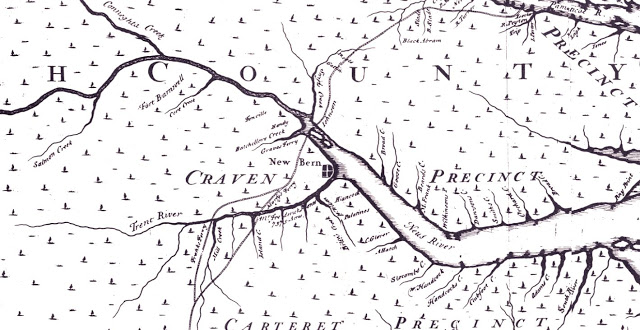Wherever you are, there is always a possibility of a new
discovery, if you are open to the whim of serendipity. Today I was walking through Epcot in Disney
when my wife and I noticed a kiosk near the American Adventure, sandwiched
between the kiosk for Disney pins and a food kiosk. I would not ordinarily
expect to find anything of genealogical interest while visiting Disney World,
but what we found today was an unexpected and pleasant surprise.
We discovered was that the kiosk offered a personalized book celebrating a
child’s heritage. Up to four countries
can be included in one book, providing personalized information about the national
heritages for the child for whom the book is designed. The books are beautifully illustrated by
Alicia Bresee, and are printed with the child’s name, which appears throughout
the book, along with interesting information about the languages and traditions
of the national heritages unique to the child.
We decided on the spot that our grandchildren should have a copy of the
book designed for them. Our three granddaughters
will have a book celebrating their Irish, German and Italian heritage. Our grandson’s book honors his German,
Italian and English heritage. There are
pages in each book to record family traditions as well as a four-generation
family tree.
We have all at times been concerned that the next generation
in our family might not share our concern for preserving family history. These books offer an opportunity to pass on
to our children and grandchildren a brief glimpse of their heritage that might
stir their interest to learn more.
The books are produced by Kids Heritage, Inc. At Epcot, they had the ability to
personalize, print and bind each book ordered within 45 minutes, so we could
walk away with the books we ordered.
I noticed that the author of the books, and I assume the owner of the company, Deanna Bufo Novak, was from Mahopac, NY. I asked if she might be interested in attending our June conference in Albany as a vendor, to make her books available to our attendees. She expressed an interest in doing so. I hope she is able to arrange to be with us in June so that you can all see and appreciate what she has to offer.


